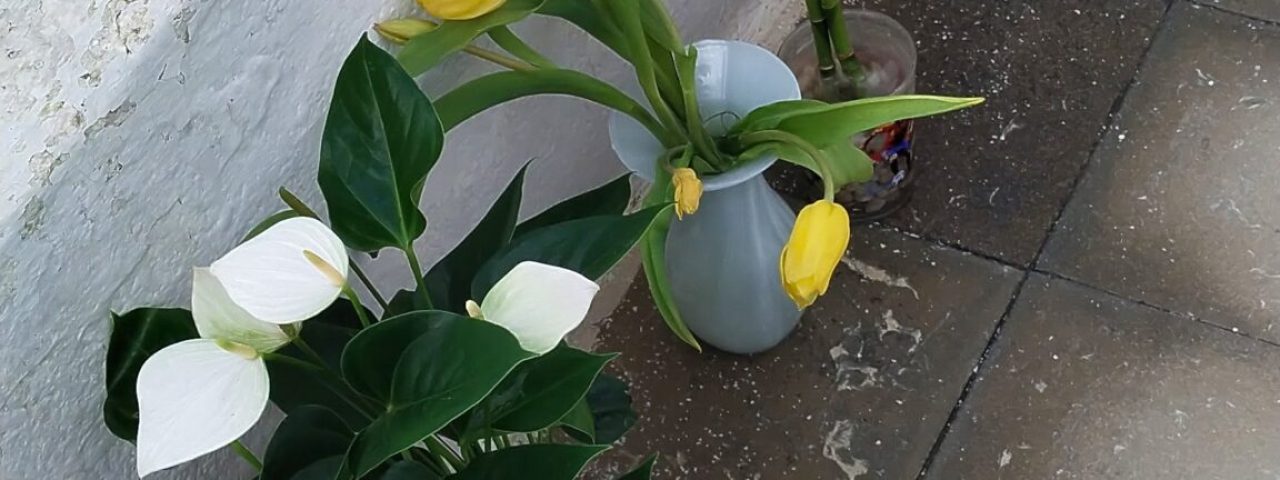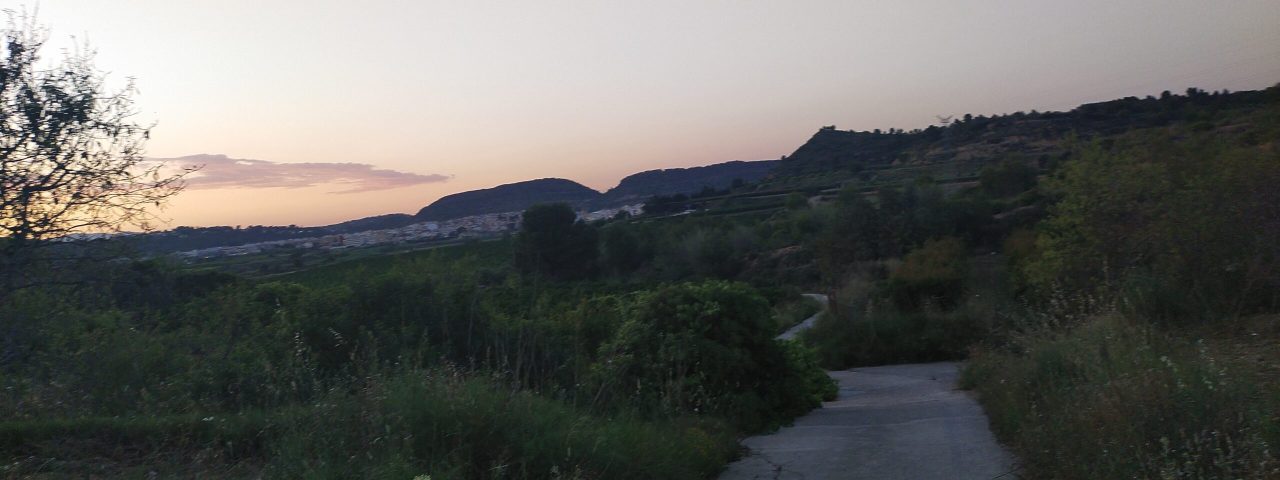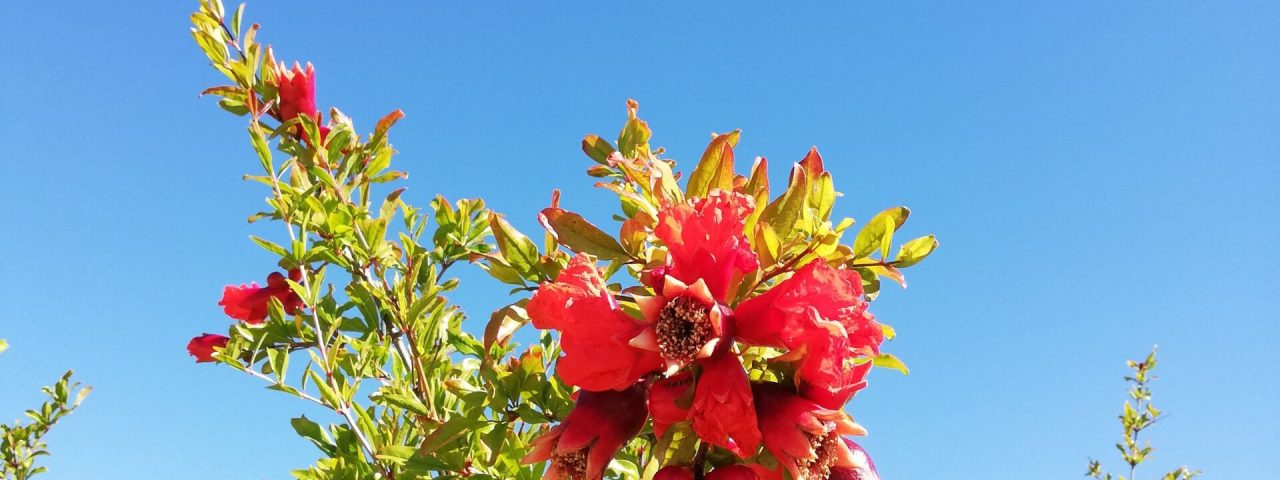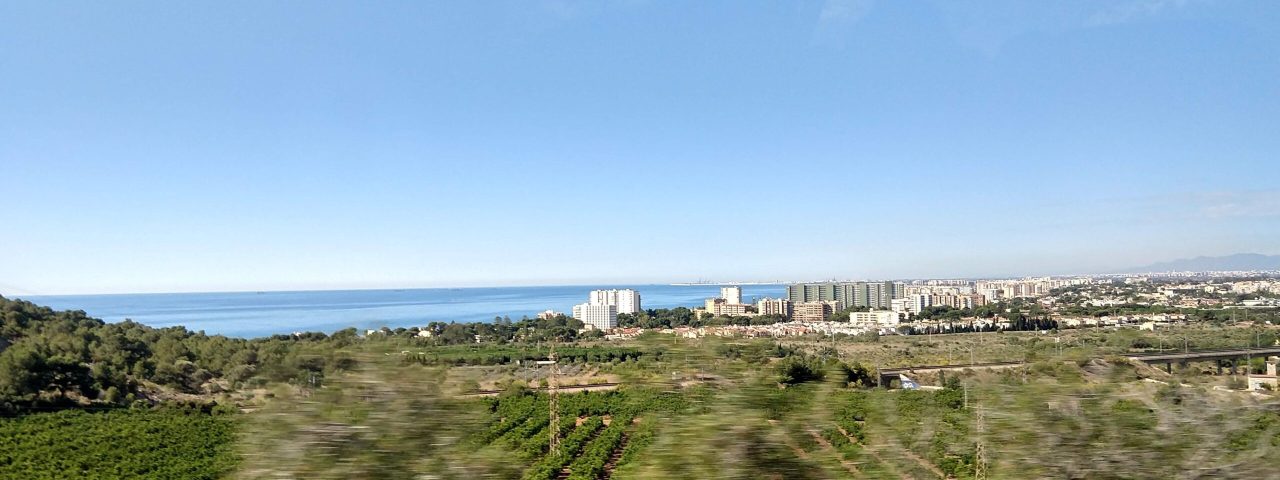Monserrat’s history stretches back centuries, shaped by the different civilizations that have passed through the Iberian Peninsula. Originally settled by the Iberians, the town later saw Roman influence during the empire’s expansion into Spain. The Moors left a significant mark on the region’s architecture, agriculture, and culture during their rule, and this heritage is still evident in the area’s terraced hillsides and irrigation systems. The Reconquista by Christian forces in the 13th century brought Monserrat under the Crown of Aragon, shaping its development into the peaceful town it is today.
Monserrat is deeply rooted in its cultural traditions, with several annual festivals that attract visitors. One of the most significant is the “Fiestas Patronales,” held in honor of the town’s patron saint, where parades, religious processions, live music, and fireworks light up the town. Another cultural highlight is the “Semana Santa” (Holy Week) processions, a time when Monserrat’s streets fill with locals dressed in traditional garb, recreating religious events with great reverence and beauty.
The town also celebrates various agricultural festivals, reflecting its deep connection to the land and its produce. Visitors will find a strong sense of community, with traditions passed down through generations, making Monserrat a captivating place to experience authentic Spanish culture.







